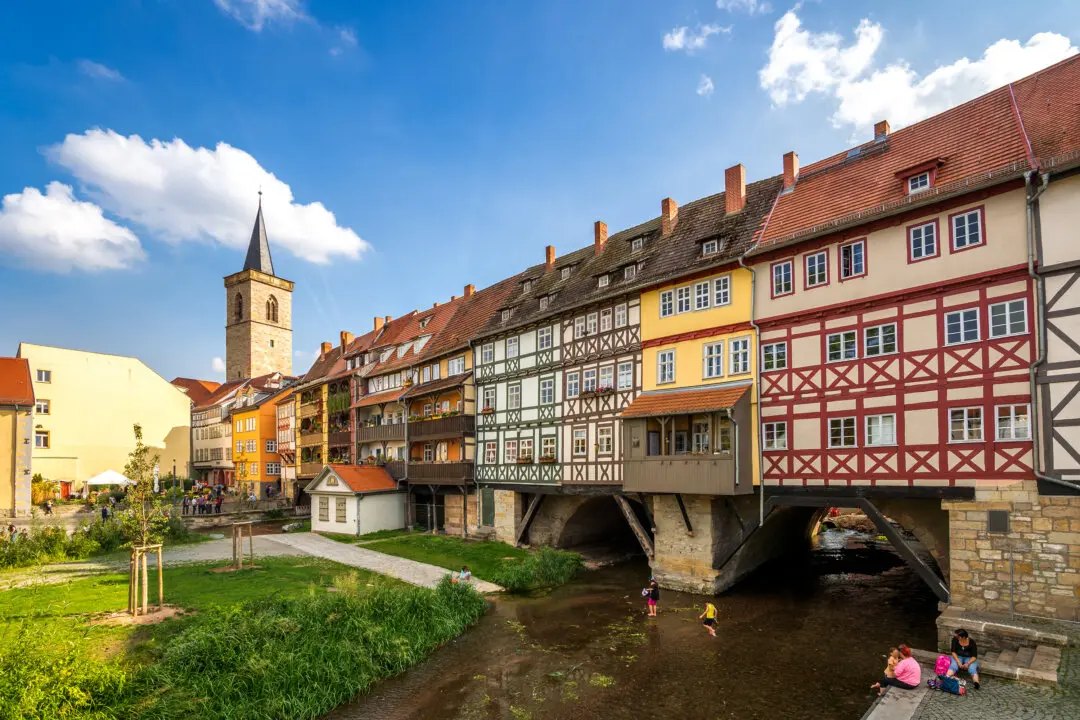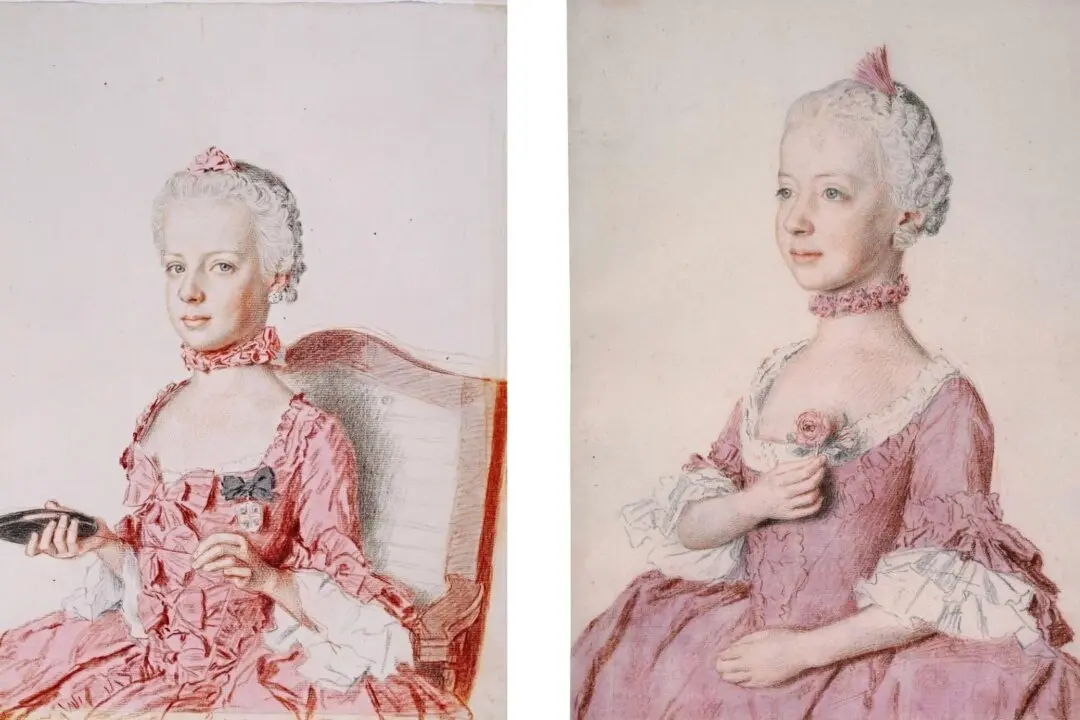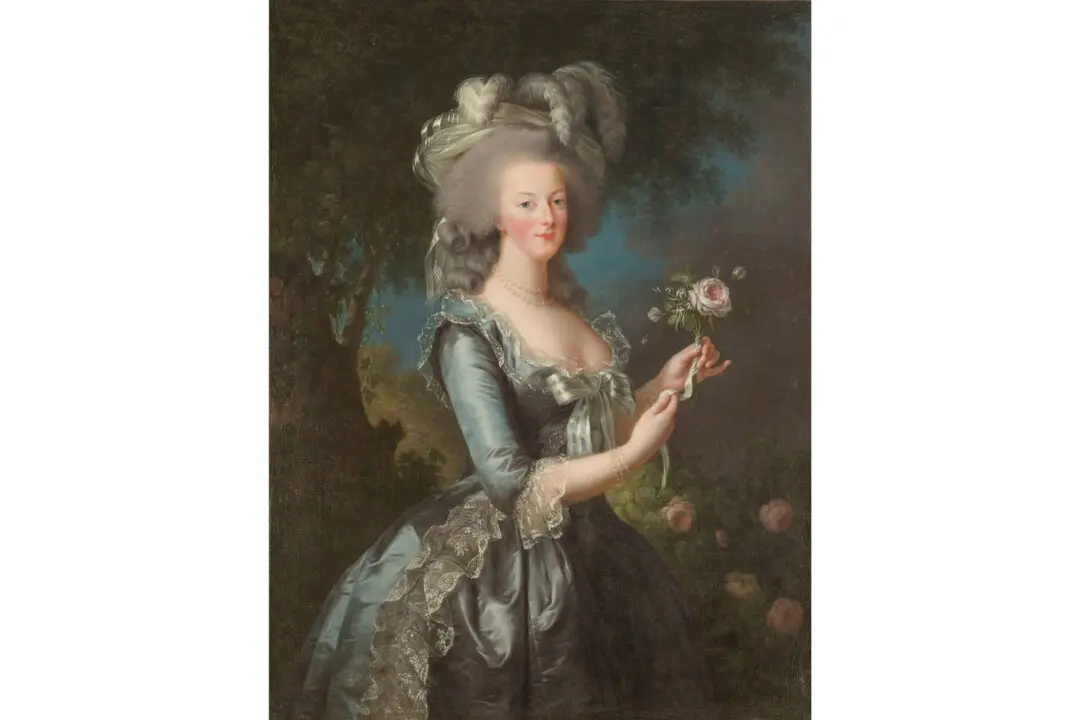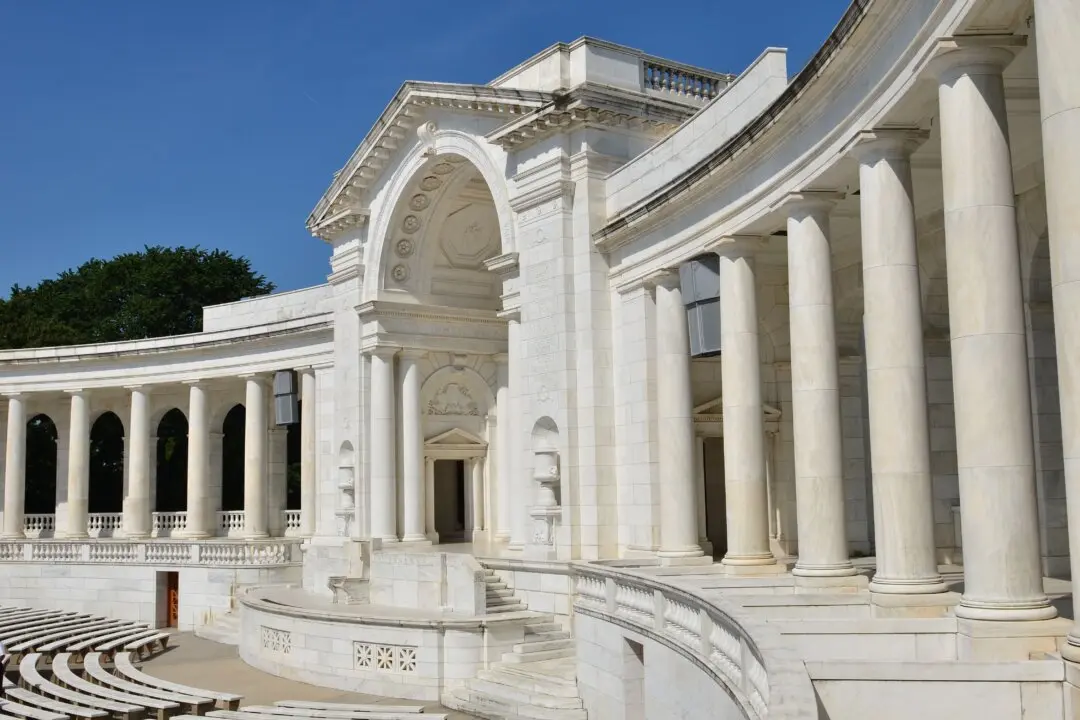Unique 18th- and 19th-century tourist treasures, many with a twist, are currently on display in the exhibition “A Return to the Grand Tour: Micromosaic Jewels From the Collection of Elizabeth Locke,” at the Gibbes Museum of Art in Charleston, South Carolina.
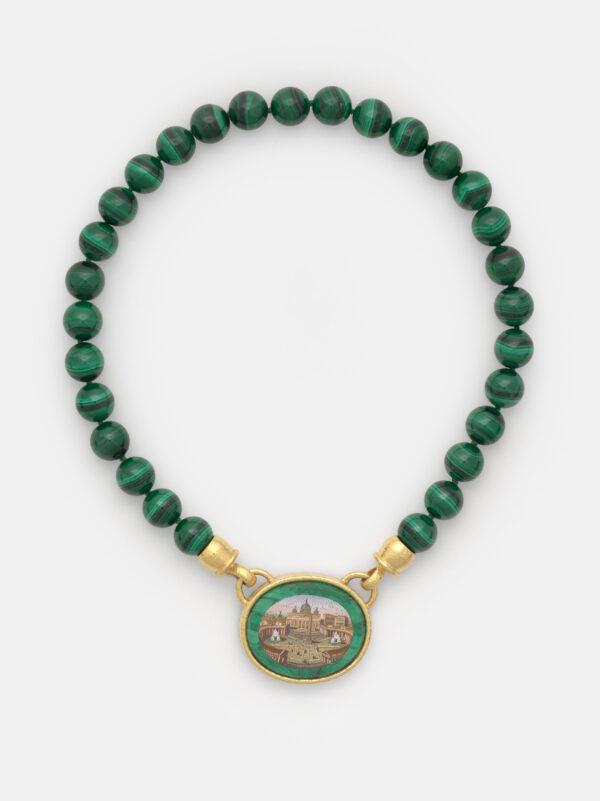
"St. Peter’s Square, Rome," 19th century. Micromosaic reset in gold as a pendant, with malachite border; 1 1/4 inches by 1 5/8 inches, suspended on 1/2 inch malachite bead necklace; 17 inches. Collection of Elizabeth Locke. Travis Fullerton/Virginia Museum of Fine Arts



